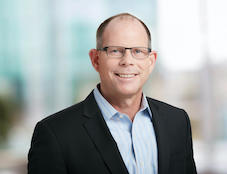
Philanthropy’s once-in-a-generation opportunity

Giving to the areas of greatest need
I know there are people genuinely committed to philanthropy with limited capacity to give today. But for those who can, starting now has enormous benefits.
For one thing, you’ll actually get to see the impact you make. You’ll also have time to build trust and understanding with the people doing the work. Strong partnerships are their own reward—but they also lead to greater impact. And the sooner you start, the more momentum you can build. That’s especially important when you’re working on issues where progress is measured not in months, or even years, but decades.

Today’s world has no shortage of complex problems to be tackled, or innovators ready to take them on. Around the world, they’re on the cusp of breakthroughs that can save and improve millions of lives. Some of these discoveries are already reaching people in need. Others will take some time but have the potential to change life as we know it. But without generous investment and persistent support, great ideas remain just that: ideas.
If more people step up their commitments and focus their resources on the areas of greatest need, those ideas can translate to impact. That means more farmers who can support their families no matter the weather, more children who don’t suffer from preventable diseases, and more mothers for whom childbirth is a source of joy, not fear.
Together, we can realize the full potential of philanthropy at the very moment the world needs it most.

Mark Suzman
Chief Executive Officer
Bill & Melinda Gates Foundation
Read next

The vital importance of everyday giving: A Q&A with Bill and Melinda Gates

The Global Fund: One of the kindest—and most effective—things people have ever done for one another








